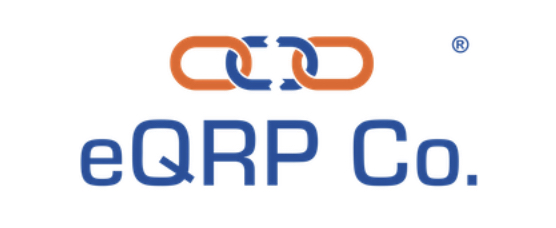What is a T-12?
When underwriting a multi-family real estate investment, one of the common documents expected is the Trailing 12-months report, also known as the T-12. This document, provided by the seller, illustrates the the income, expenses and net operating income that the property has generated within the previous 12 months.
This information is especially important to a prospective buyer and fundamental to underwriting the deal. In order to assess the potential performance of the property, reviewing the T-12 is the first gate at getting an idea of how it currently performs.
Buyer Beware
A few words of caution: not all T-12’s are created equally. Because each seller is different, some reports my be more detailed and accurate than others. When dealing with an unsophisticated seller, they may miscategorize items (such as including capital expenditures as operating expenses) or not have a T-12 altogether. Bigger multi-family properties listed by reputable brokers are more likely to have a neat set of financials, but you may not always get this. In any case, after a property is under contract, it is important during due diligence to verify the income and expenses provided by the seller and obtain a solid idea of the potential for improvement to net operating income.
Underwrite Like A Lender
Finally, since the deal likely will not get done without the lender, it is crucial to underwrite like a lender. Lenders are conservative and want to see a realistic set of financials. As a result, because income can change from month to month and what is most recent is the most likely gauge of the future, lenders look at operating income on a T-3 Annualized Basis. This means that they do not look at the income total for the 12-months, but use the last 3 months’ financials and annualize it (by multiplying by 4) for their underwriting. This is what lenders do, so investors should do the same. For expenses, however, they utilize the full 12-months.
Passive Investors Are Not Off The Hook
If you are a passive investor, ask your sponsor for a copy of his or her underwriting. Usually, they will be happy to share with you. Look for signs of conservativeness (rent growth projections, how income is calculated, etc.) and ask questions. Just because you are a passive investor does not mean you cannot and should not underwrite! Practice precedes expertise.
Subscribe to Our Channel 👇🏾

💡Invest Your Retirement w/ eQRP
– I Rolled My 401k Into eQRP to Passively Invest In Apartments
Other Resources

Rodney Robinson II
[email protected]
